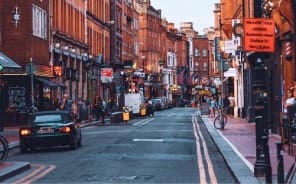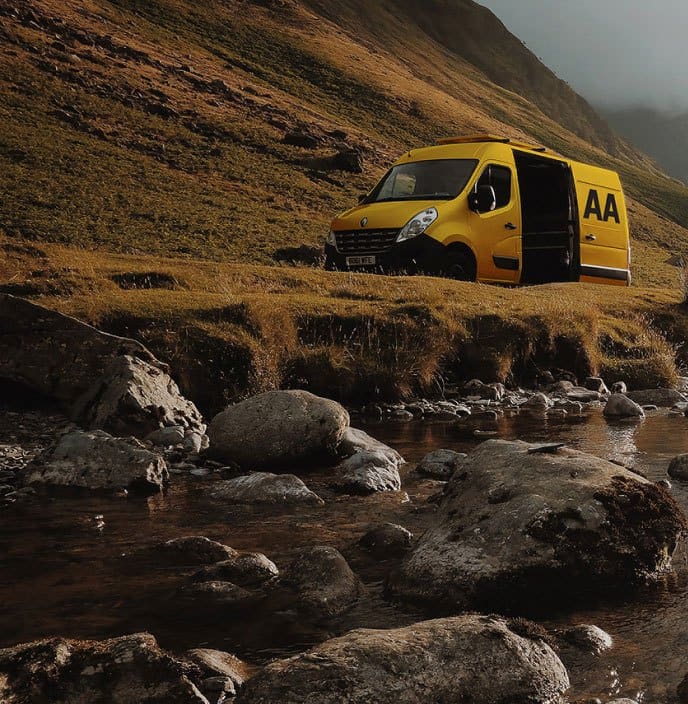Driver’s license
An international visitor may drive in Australia on a valid overseas driver’s license for the same class of vehicle. Make sure you carry your license when driving. If your license is not in English, you must carry a translation. An international driver’s permit is not sufficient by itself and must be accompanied by a valid driver’s permit.
Speed limits
The maximum speed limit in cities and towns is 60 km/h or 50 km/h in residential areas and 100 km/h on country roads and highways, unless signs indicate otherwise. Police regularly check motorists’ speed with radar and camera devices. Renters who deliberately speed may have their drivers license confiscated immediately wherever they are stopped. Fines are often high and they must be paid. If you leave the country before paying a fine, notification will be sent to your country of residence. Therefore it is important to observe all posted speed limits.
Police in all States of Australia use radar and concealed remote speed cameras to check speeding motorists. The use of speed cameras in Australia is amongst the most sophisticated in the world, and you will be caught without knowing it and receive a large fine on returning home.
General rules of the road
- As in Ireland, traffic in Australia drives on the left.
- Seat belts must be worn at all times while driving in Australia.
- Strict drink-driving laws apply and random breath testing, for the checking of blood alcohol levels, is conducted in all Australian States. All insurance is invalid if drivers exceed the legal alcohol limit (currently 0.5mg per litre of blood). Having a blood alcohol limit of 0 is the safest.
- Between sunset and sunrise you must drive with your headlights and rear lights on. During days with conditions of poor visibility, i.e. fog, you must also drive with your lights on. In suburban areas you must use low beam. when using high beam on the open road, dip your headlights when an approaching vehicle is within 200m or as soon as the other vehicle’s lights are dipped.
- On the freeway or motorways drivers should stay in the left lane unless overtaking (right lane is for overtaking vehicles.) Tramcars, which operate in Sydney, Melbourne and Adelaide, must be overtaken on the left, however. There are other special requirements relating to the overtaking of trams, and motorists should familiarise themselves with these. Crossing the centre line of the road on a blind crest or a curve is strictly prohibited.
- Weather hazards can seriously impair driving as road conditions can change rapidly. Sudden storms and strong winds can make driving difficult. Motorists should take particular care when driving on unmetalled roads, 4WD tracks and desert/beach roads. In July 2010, Northern Territory Police issued a warning for tourists to stay off unsealed tracks in remote areas of Central Australia following several reports of stranded motorists.
Wildlife
Kangaroos, cattle and other animals are major traffic hazards particularly at dawn and dusk. Be advised that animals walk onto roads without warning and tend to sleep on the road’s warm surface.
Fraser Island
Following two deaths and 18 injuries in two 4WD accidents, from 1 July 2010 all vehicles on Fraser Island must observe a maximum speed of 80km/h on beaches and 30km/h in towns. All 4WD vehicles must carry no more than eight occupants (including the driver) and all luggage must be carried inside the vehicle. Drivers should avoid driving at night and be aware of beach hazards such as ditches created by the surf. Fraser Island is unique but remote, and emergency services can take many hours to reach someone who is injured. Visitors should carry a well-stocked first-aid kit and personal medication as there is no pharmacy on the island.
Western Australia
If you plan on driving in Western Australia, or are applying to do so, and you suffer from a permanent or long term injury or illness that is likely to impair your ability to drive a motor vehicle, you’re required by law to report this to the Western Australia Department of Transport. For information on what you need to report, and how, see the Western Australia Department of Transport website. Driving under the influence of alcohol and/or drugs is illegal. The penalties can be severe.
The Outback
In travelling through outback regions, ensure you have good maps. Detailed maps and motoring guides are available from motoring organizations. Stay on recognized routes and check facilities and road conditions before you depart. It’s also a good idea to advise someone of your route, destination and expected arrival time. Make sure you carry adequate water supplies (five liters per person per day), fuel and food. If you do breakdown, stay with your vehicle until help arrives.




